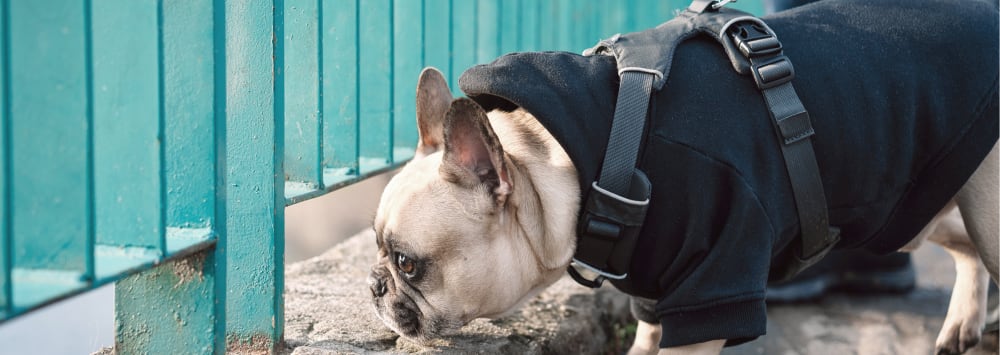
Your dog's cranial cruciate ligament (CCL) acts much the same as a human's ACL and helps your dog's knee to function correctly. If your dog has a torn cruciate your veterinarian may recommend a TPLO (Tibial Plateau Leveling Osteotomy) surgery as treatment.
What is the CCL, Cruciate, or ACL in dogs?
In dogs, the cranial cruciate ligament (often referred to as the CCL) is a strip of tissue connecting the tibia (shin bone) to the femur (thigh bone). In humans, this ligament is known as the anterior cruciate ligament or ACL. In dogs, the cruciate ligament is load-bearing because the dog's leg remains bent when standing. If your dog's cruciate becomes injured or torn, your dog's knee will become unstable, reducing your dog's ability to run and walk normally and causing pain.Signs of a Cruciate Injury in Dogs
Signs that your dog has injured their cruciate may appear suddenly but typically develop gradually over a period of a few weeks. The most common signs of a cruciate injury include:
- Hind leg lameness and limping
- Stiffness after rest or following exercise
- Swelling around the knee
- Difficulty rising and jumping
If your dog has a mildly injured cruciate but continues to have an active lifestyle including long walks, running, and jumping, the injury will become more serious and symptoms will become increasingly more pronounced. Contact your vet if your dog is displaying any of the symptoms listed above. Many dogs with a single torn cruciate will go on to injure the other hind leg as well—causing severe mobility issues and pain for your pet.
TPLO - Tibial Plateau Leveling Osteotomy Surgery
If your dog is suffering from a torn cruciate, your vet may recommend TPLO surgery to treat the injury.
TPLO surgery eliminates the need for the cranial cruciate ligament by reconfiguring the knee. The surgery involves making a curved cut in the tibia from the front to the back, then the top section (the tibial plateau) is rotated backward until the angle between the tibia and femur is appropriately level. Once the tibial plateau is in the desired position a metal plate is attached to the bone to stabilize the two sections while they heal in their new configuration.
Recovery from TPLO Surgery in Dogs
Full recovery will take about 12-16 weeks, however, many dogs will be walking on the leg as soon as 24 hours after surgery, and most will be bearing moderate amounts of weight on the leg within 2 weeks. Following your vet's post-operative instructions will help your dog to avoid re-injuring the leg while it's still healing. Your dog should not be permitted to run or jump after TPLO surgery until the knee has had time to heal. You can expect your dog to return to full physical activity approximately 6 months after TPLO surgery.
During your pup's recovery period, they may benefit from physical therapy to help reduce pain and increase their range of motion.
Note: The advice provided in this post is intended for informational purposes and does not constitute medical advice regarding pets. For an accurate diagnosis of your pet's condition, please make an appointment with your vet.

